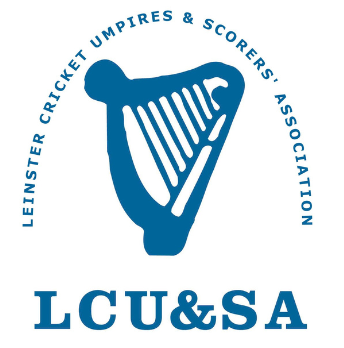Prepared by Alan Tuffery from an original ACU document.
DEAD BALL – AUTOMATICALLY
- Ball finally settled in the hands of the wicket-keeper.
- Ball finally settled in the hands of the bowler.
- On the call of ‘Time.’
- On the call of ‘Over.’
- On the ball reaching the boundary.
- On the ball pitching over the boundary.
- The ball lodging in the dress of the batsman.
- The ball lodging in the dress of the umpire.
- On the call of ‘Lost ball.’
- On a penalty being awarded for an illegal fielding act.
- On the dismissal of a batsman for any reason.
- When the ball lodges in the protective helmet worn by a member of the fielding side.
BALL IS NOT DEAD – when
- It strikes an umpire (unless it lodges in his dress).
- The wicket is broken or struck down (unless a batsman is out thereby).
- An unsuccessful appeal is made.
- The wicket is broken accidentally either by the bowler during his delivery or by the batsman in running.
- The umpire has called ‘No ball’ or ‘Wide.’
BALL CEASES TO BE DEAD – when
- The bowler starts his run up or bowling action.
DEAD BALL – NON AUTOMATICALLY
Either umpire shall call and signal ‘Dead ball’ when:-
- He intervenes in a case of unfair play. (incommoding or obstructing a batsman).
- A serious injury to a player or umpire occurs.
- He is satisfied that, for an adequate reason, the striker is not ready to receive the ball and makes no attempt to play it.
- The bowler drops the ball accidentally before delivery or the ball does not leave his hand for any reason.
- One or both bails fall from the striker’s wicket before he receives the delivery.
- He leaves his normal position for consultation.
- He is required to do so under Law 26.3 (Disallowance of Leg Byes) etc.
NOTE:-
- If ‘Dead ball’ is called prior to the striker receiving a delivery, the bowler shall be allowed an additional ball.
- If ‘Dead ball’ is called after the striker receives a delivery, the bowler shall not be allowed an additional ball, unless a ‘no ball’ or ‘wide’ has been called.
